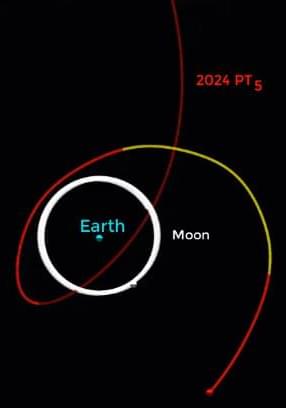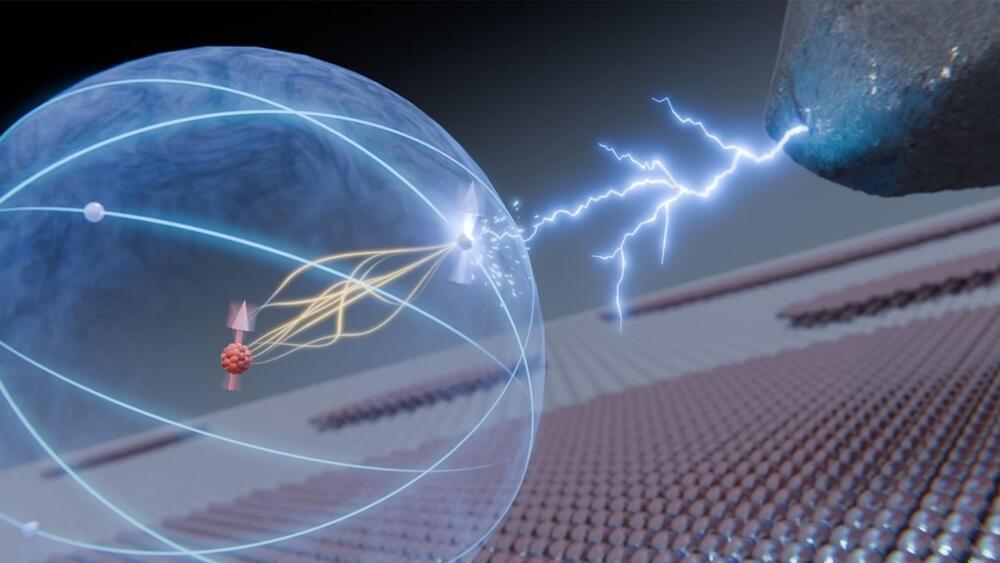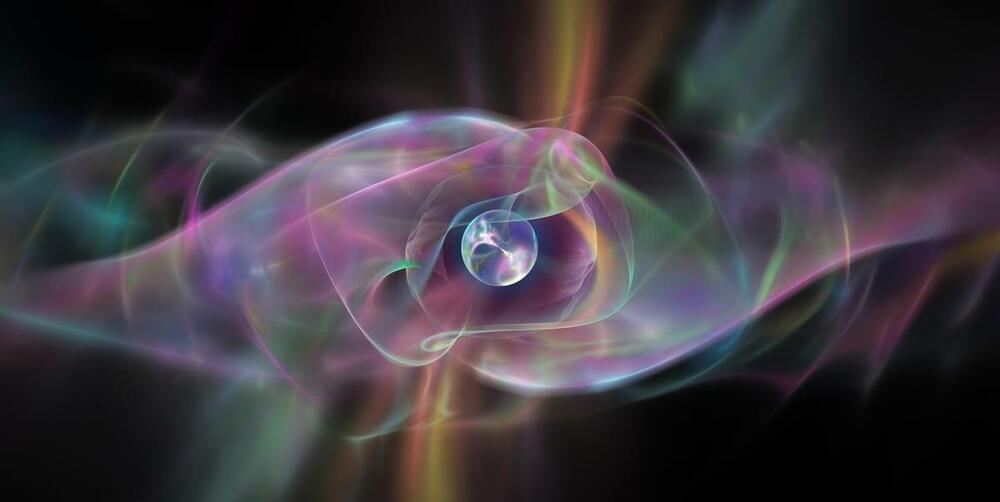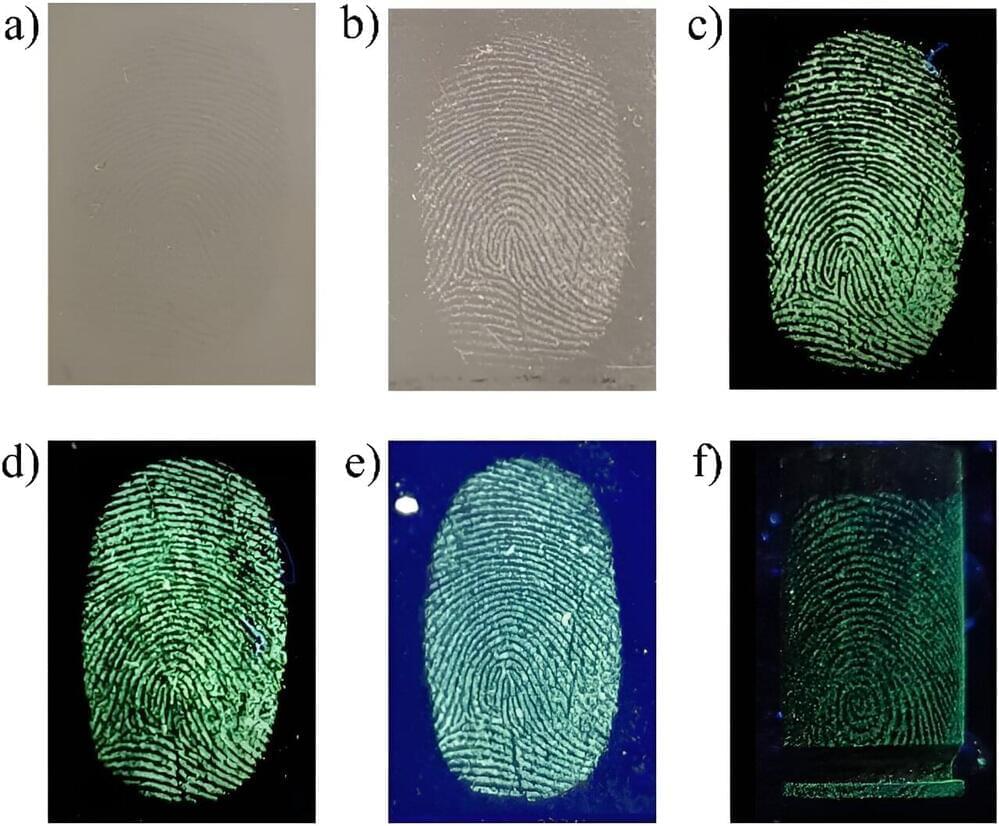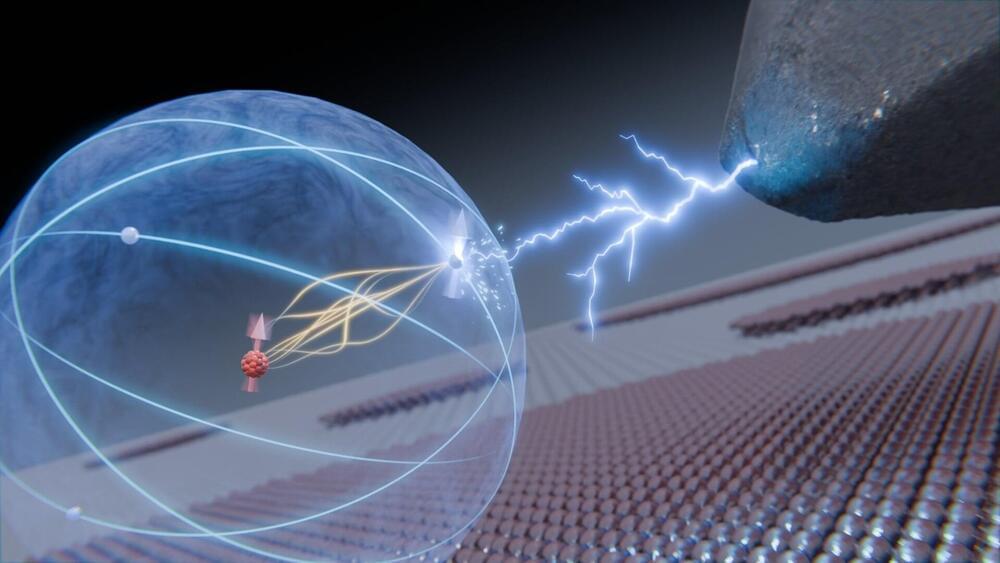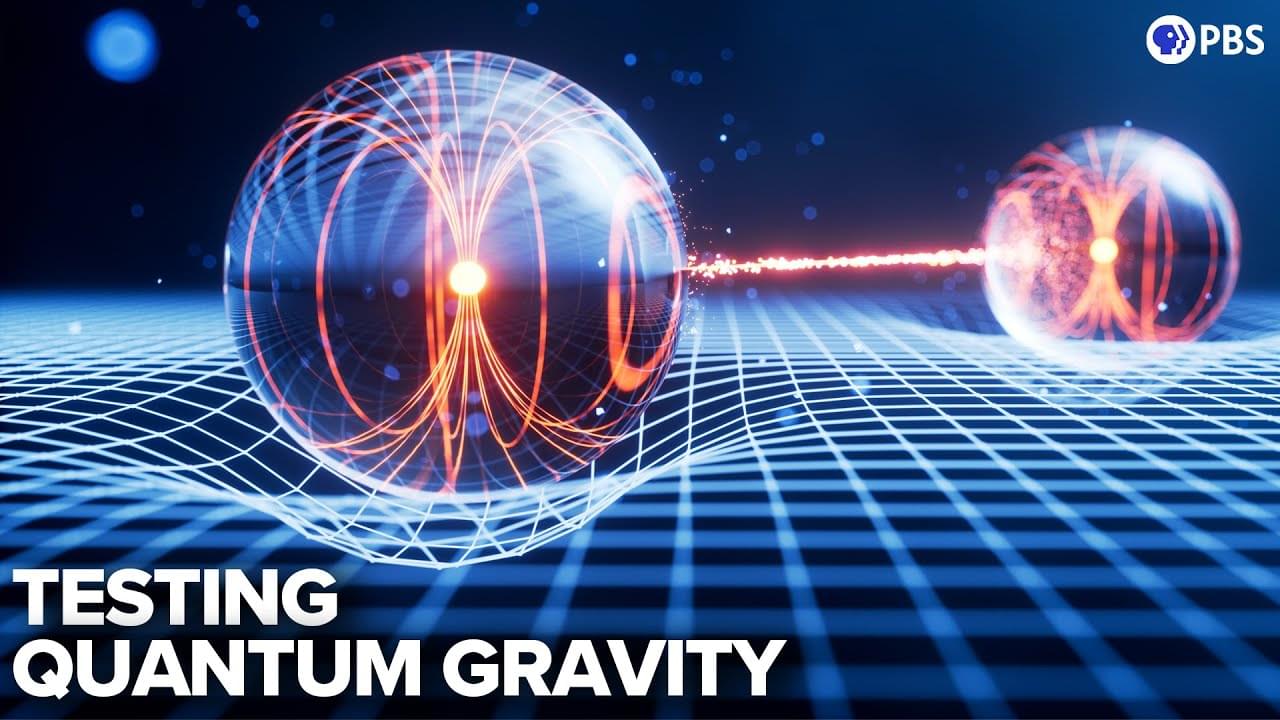Sep 15, 2024
Earth to get an asteroid mini-moon for 2 months
Posted by Saúl Morales Rodriguéz in categories: particle physics, space
Scientists have measured the magnetic moment of the muon to unprecedented precision, more than doubling the previous record.
Physicists from the Muon g-2 Collaboration cycled muons, known as “heavy electrons,” in a particle storage ring at Fermilab in the United States to nearly the speed of light. Applying a magnetic field about 30,000 times stronger than Earth’s, the muons precessed like tops around their spin axis due to their own magnetic moment.
As they circled a 7.1-meter diameter storage ring, the muon’s magnetic moment, influenced by virtual particles in the vacuum, interacted with the external magnetic field. By comparing this precession frequency with the cycling frequency around the ring, the collaboration was able to determine the muon’s “anomalous magnetic moment” to a precision of 0.2 parts per million.
